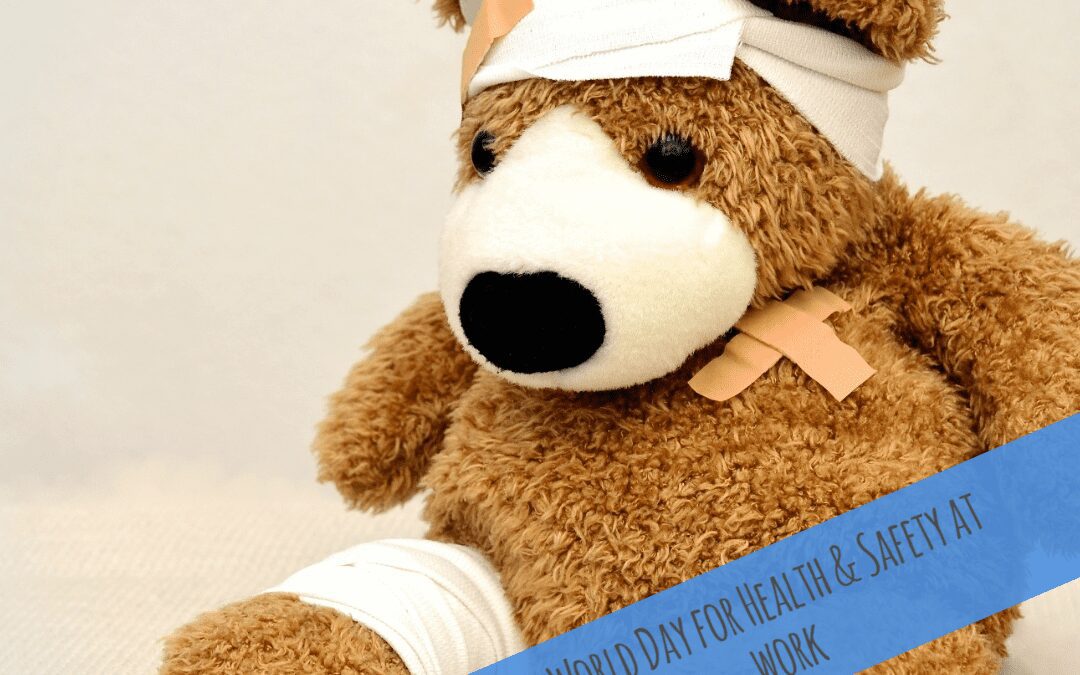People ask us why HR often picks up the responsibility for health and safety in the workplace. To be fair, at first glance the two may not seem to have a natural affinity. However, when you really think about it, they do have something absolutely crucial in common – they are all about people.
When you approach it from this perspective, it seems natural that the two functions go hand in hand. HR looks after the mental and emotional wellbeing of employees. Together with health and safety ensuring that the working environment is physically safe for them to operate in the day-to-day. Getting it right can mean the workforce is at its most productive. Because a poor and unsafe working environment can of course have a hugely negative impact on employees wellbeing. In turn, their enthusiasm in coming to work each day can suffer.
In most larger organisations HR and health and safety are two distinct functions that work in close collaboration. For most SMEs where it makes sense to combine the roles, particularly in a lower risk office environment. For others, including many customers of Bury-based People Matters HR, you can outsource both functions to one organisation that will take care of both HR and Health and safety for you.
We’ve put together our top three tips on how linking the two functions can be productive for your business. After all, with mutual goals to protect both an organisation’s employees and the organisation’s reputation, it just makes good sense for these two teams to work hand-in-hand.
1. A change in company culture
One of the key functions of HR is demonstrating your commitment to the well-being of employees. You can also outline your commitment to following health and safety procedures, by showing the team that you take this very seriously.
Of course, a business has a legal obligation to fulfil health and safety laws, but we are talking about going deeper than that – and embedding it within your company culture. Employees should know that the company cares about safety and peace of mind. There are several ways to do this including:
- Designation of responsibility – appoint a H&S Officer with clear roles and responsibilities – and make sure all staff know who this person is. That way, of something, needs to be reported, they know exactly who to go to.
- Communicate with all staff – crucial for all elements of your business, keep staff up to date with H&S updates and changes. This both keeps them in the loop and makes them accountable.
- Lead by example – as a business owner or senior manager, your team will look to you and follow your lead. If you commit to safety, employees will follow suit. If you joke about “health and safety gone mad”, don’t be surprised when your employees do the same.
2. The opportunity for more staff training
If you want your staff to be effective, it must be trained. This is where the collaboration between your HR and your health and safety is the most important.
Most businesses regularly train staff to both build on their existing skills and to upskill them for future roles. It’s a key part of development plans for both individuals and the business as a whole, and can have a huge impact on productivity and employee wellbeing.
Health and safety training is no different, indeed it is essential to keep staff and visitors safe. Regular safety training drills and crucial to avoid panic should a real emergency arise. Health and safety based team-building exercises can kill two birds with one stone – building rapport and keeping knowledge fresh.
Finally, to maintain the safest environment for everyone, make sure they are trained on new procedures, new equipment, and other potential dangers.
3. Letting one trusted consultancy do the hard work for you
There are many benefits to using an outsourced HR consultancy, including cost, level of expertise and productivity.
If you can find an outsourced HR company that will also look after your health and safety, this is better still. By offering an HR function, your consultancy will already have a deep understanding of the inner workings for your organisation and as an external sounding board, often a detailed overview of employee opinion. This can be useful when planning for health and safety, particularly In terms of culture change.
